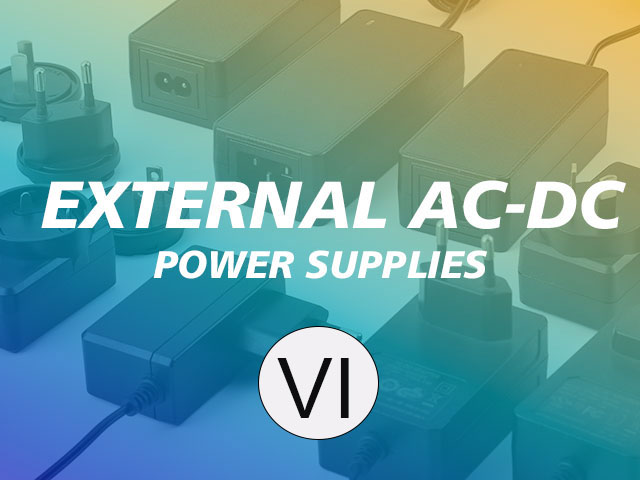
Privacy statement: Your privacy is very important to Us. Our company promises not to disclose your personal information to any external company with out your explicit permission.
![]() July 22, 2022
July 22, 2022

In order to avoid overcurrent damage to the switching tube due to short-circuit or overloading of the load, the switching power supplies must have an overcurrent protection function. The simplest overcurrent protection measure is to insert a fuse in series in the line. When the current is too large, the fuse will be blown, thus playing a protective role. In addition, a current-limiting resistor is often connected in the rectifier circuit. Generally, a cement resistor with a large power is used, and the resistance value is several ohms, which can play a certain current-limiting role.
By detecting the current of the primary side, the current increase triggers the protection pad during a short circuit, and the control chip controls the PWM output duty cycle to decrease to 0 to realize the output shutdown. The next chip work cycle is reset and continues to output. If it is still short-circuited, it will enter the protection again. It seems to be hiccupping constantly, so it is called hiccup protection.
When the switching power adaptor is powered on, it will generate a high inrush current, so a soft-start device to prevent inrush current must be installed at the input end of the power supply to effectively reduce the inrush current to the allowable range. The inrush current is mainly caused by the charging of the filter capacitor.
At the moment when the switch tube starts to conduct, the capacitor presents a lower impedance to the AC. Inrush currents can approach hundreds of amps if no protective measures are taken. The input of the switching Power Supplies generally adopts a capacitor rectifier filter circuit. The filter capacitor C can be selected from a low frequency or high frequency capacitor. If a low frequency capacitor is used, a high frequency capacitor of the same capacity needs to be connected in parallel to bear the charge and discharge current. The current limiting resistor Rsc connected in series between rectification and filtering is to prevent the impact of surge current. When closing, Rsc limits the charging current of capacitor C. After a period of time, when the voltage on C reaches the preset value or the voltage on capacitor C1 reaches the action voltage of relay T, Rsc is short-circuited. The general principle of overcurrent protection is to take current at the place where overcurrent protection is required, pass a resistor, and add a voltage regulator.
The above is the Power Supply Over Current Protection we have listed for you. You can submit the following form to obtain more industry information we provide for you.
You can visit our website or contact us, and we will provide the latest consultation and solutions
Send Inquiry
Most Popular
lastest New
Send Inquiry

Privacy statement: Your privacy is very important to Us. Our company promises not to disclose your personal information to any external company with out your explicit permission.

Fill in more information so that we can get in touch with you faster
Privacy statement: Your privacy is very important to Us. Our company promises not to disclose your personal information to any external company with out your explicit permission.